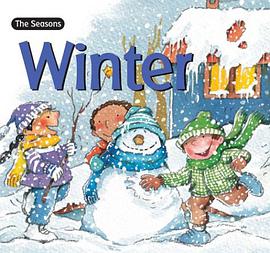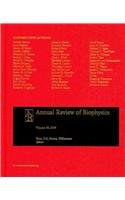

The more than two dozen Rai languages in eastern Nepal, which make up the larger part of the Kiranti language family, are linguistically highly varied. Due to this, intergroup solidarity has been relatively weak, and Rai ethnicity must be seen as constructed in recent history. However, it is striking how the mythological narratives of these different Rai 'subtribes' - oral stories about the origins of culture and the deeds of the ancestors - form a strong and coherent tradition in which the different variants of episodes possess an obvious 'family resemblance'. This mythological tradition is clearly distinct from those of the neighboring Limbu, the other major Kiranti group. This volume, which includes introductory chapters to Rai mythology and Rai grammar, for the first time brings together different variants of myths from various Rai languages, presenting them with linguistic glossings in interlinear translations. This makes it possible not only to study the myths and their cultural meanings as oral texts but also to compare narrative structures across different grammars. The book is of special interest for linguists, anthropologists, and folklorists with a focus on the Himalayas.
具体描述
读后感
评分
评分
评分
评分
用户评价
相关图书
本站所有内容均为互联网搜索引擎提供的公开搜索信息,本站不存储任何数据与内容,任何内容与数据均与本站无关,如有需要请联系相关搜索引擎包括但不限于百度,google,bing,sogou 等
© 2025 book.wenda123.org All Rights Reserved. 图书目录大全 版权所有




















